It is no secret that Netflix, the “Blockbuster for Millennials” of today’s maddening digital world, are very serious about 4K imbued by the company’s continuous commitment to delivering premium UHD content to our homes. And with such content, come some very strict guidelines and rules about exactly which 4K cameras productions can use, so they can for deliver future-proof UHD content to their platform. You’ve probably already seen the Netflix approved 4K camera list below, but just in case you haven’t, I think it is prudent to take a gander at it and contemplate some of the choices the online streaming behemoth has made.
Currently in version 2.1, the Netflix Production and Post-Production Requirements guidelines “Provide a set of technical requirements for production and post-production workflows to ensure that a high level of quality is maintained throughout the lifecycle of a project from capture to archive. This serves the purpose of future-proofing the content as the Netflix platform and viewing experience continue to evolve.”
To me this all makes sense – Netflix have been championing UHD delivery for some time now, and it makes sense for them to want to future-proof their content for the eventual mass-adoption of 4K TVs.
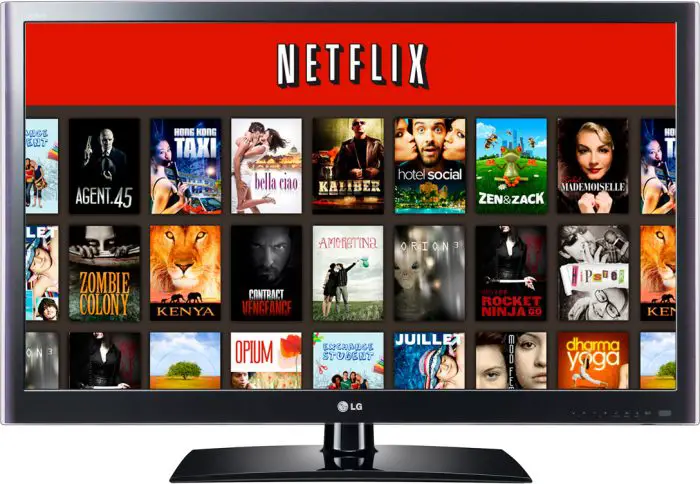
NETFLIX 4K Approved Camera List
Summary
- Canon:
- C700
- C300 Mark II
- Canon C500
- Panasonic
- VariCam 35
- VariCam LT
- RED:
- Weapon (Dragon) 6K
- Weapon 8K
- Weapon 8K S35 (Helium/”Stormtrooper“)
- Panavision DXL
- Sony
- F65/PMW-F55 CineAlta/ Sony FS7
- ARRI Alexa 65
- Blackmagic Design
- URSA Mini 4.6K
- Big URSA 4.6K
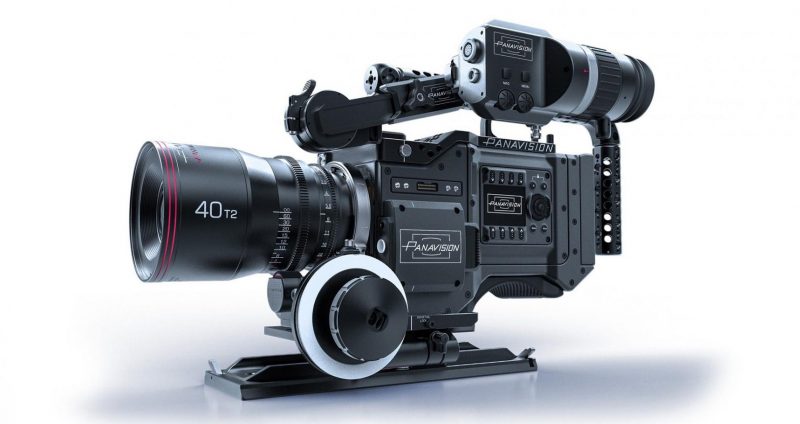
Panavision DXL / image via Panavision/RED
The requirements for 4K cameras to be used in Netflix original programming as A-cams are as follows:
4K Resolution:
- Camera must have a true 4K sensor (equal to or greater than 4096 photo sites wide).
Recording Format:
- Minimum of 16-bit Linear or 10-bit Log processing
- Bitrate of at least 240 Mbps (at 23.98/24 fps) recording
- Recording format must be set to either:
- RAW (uncompressed or lightly compressed sensor data)
- Log color space (i.e. S-Log3, V-Log, CanonLog3, REDLogFilm, BMDLog, LogC)
- No looks or color corrections should be baked into the original camera files.
- Files must maintain all metadata (i.e. Tape Name, Timecode, Frame Rate, ISO, WB, etc.)
Aspect Ratio / Framing:
- Aspect ratios greater than 2.00:1 must be evaluated and discussed with Netflix for approval.
- Framing chart must be shot before principal photography begins, and processed through the dailies pipeline which will be shared with editorial, post-production, and VFX.
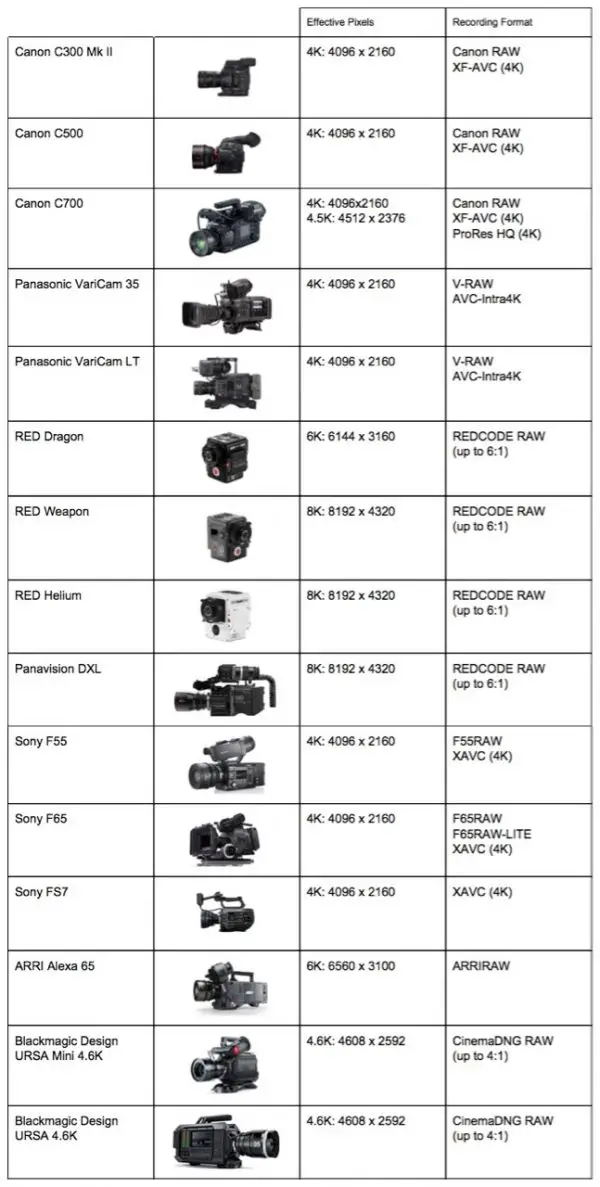
For some reason the Sony FS7 makes the cut, but the PMW-F5 doesn’t? I am sure that’ll raise a few eyebrows, not only among F5 owners, who’ve been pretty salty ever since the FS7 was released, but that’s another story. The Sony F5 has a 4K paid upgrade for 4K XAVC (which is the approved codec for the FS7, which is on the list), and can also shoot 16bit 4K Raw with the Sony AXS-R5 Raw recorder, but for some reason Netflix have not approved it. At least, not yet.
However, the F5 is nearing its fifth birthday soon, so there is less of a chance of this happening. The F55 on the other hand is not surprisingly on the list. And so is the F65.
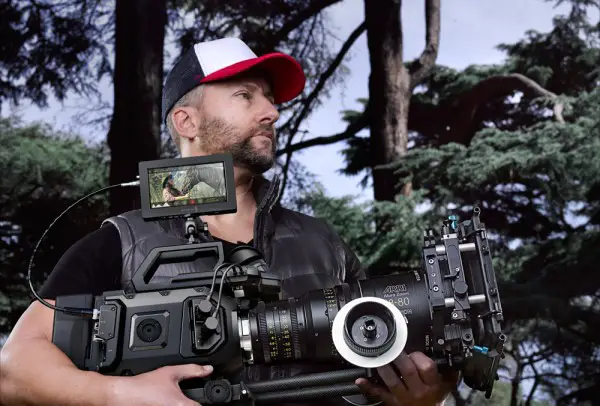
Image by Blackmagic Design
Hey, at least the Blackmagic URSA Mini 4.6K is on there! That’s another testament to the capability of this camera, as apparently the folks at Netflix apparently test the cameras they put on the list instead of just looking at spec sheets (according to Mitch Gross, Cinema Product Manager at Panasonic).
So, what about your B-Cam/C-cam/Drone-cam?
Well, the good thing is Netflix understand the wide range of shooting scenarios (drones, crash cam, tight spaces, etc.) cannot always accommodate a large camera, therefore they will allow smaller 4K cameras to be used that are not on their approved camera list, as long as these shots will make up 10% or less of the final cut.
It is worth to note that the above list applies only to Netflix original programming, not acquired product, which represents is the bulk of their library. Chances are of you have a good enough feature film or documentary, that has not been acquired in 4K, you can still sell it to Netflix.
Those of you, who’ve that have taken the proverbial 3 AM trip down the “black hole” that is the extensive Netflix library can attest to the greatly varying quality of non-original programming lurking around the dark corners of Netflix, hence why the “approved 4K camera list” applies to the shows they commission and produce like Orange is the New Black (shot on Varicam 35 and LT), Bloodline, The OA, Sense8 etc.
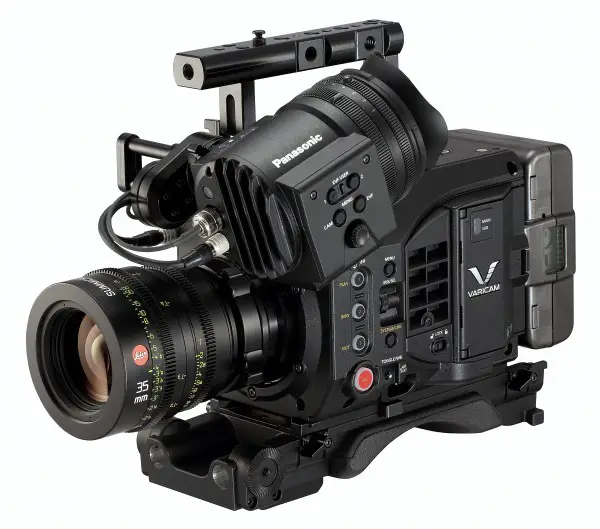
Granted those are big shows, with big crews, where big money is at risk; all of which are valid reasons for the their strict “approved” 4K camera list. Such conditions demand careful planning and consideration on a future-proof and quality camera package.
Hence why, I’m not surprised to see “big boy” cameras like the ALEXA 65, RED Weapon, and Sony F55, even new entrants like the Canon C700, which was purpose built as an A-cam on major productions, but the influx of new 4K pro cameras to the market – namely the Canon C200 and new Panasonic EVA1 may necessitate a further revision and testing soon.
For more in-depth information on the 4K acquisition requirements for Netflix original programming head over here.
Disclaimer: As an Amazon Associate partner and participant in B&H and other affiliate programmes, we earn a small comission from each purchase made through the affiliate links listed above at no additional cost to you.


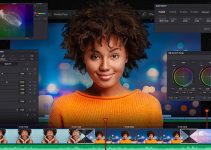
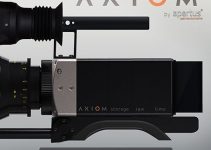
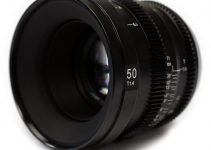
Once the summer update hits the GH5, it’ll have a 400mbps bitrate and would qualify based on specs. That’s hilarious.
I don’t know why they’re specifying DCI 4K, since probably over 99% of the people watching Netflix are using a 16:9 aspect ratio (like UHD).
The netflix spec is a major pain. You can shoot a Canon C300 mark 2, but not a 3.2k Alexa which looks better in the opinion any sane person. Most DPs would rather shoot Alexa than any camera on that list. And most viewers won’t be able to tell the difference. Amazon has realized this and loosened their restrictions on the Alexa – FINALLY. hopefully Netflix will as well.